When it comes to enhancing the appearance of the eyes, many individuals turn to cosmetic procedures such as eye fillers. The question on everyone’s mind is often how much are eye fillers? This comprehensive guide will delve into everything you need to know about eye fillers, including their types, costs, procedures, benefits, side effects, and alternatives. With a clear understanding of what eye fillers entail, you can make an informed decision that best suits your aesthetic goals.
Table of Contents
ToggleUnderstanding Eye Fillers
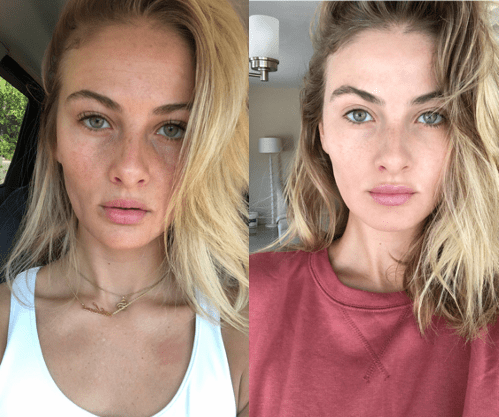
The world of cosmetic enhancements is vast, and eye fillers are a popular choice for those looking to rejuvenate their appearance.
What Are Eye Fillers?
Eye fillers, also known as dermal fillers, are injectable substances used to restore volume, smooth out wrinkles, and improve overall facial aesthetics around the eyes. These fillers typically consist of hyaluronic acid, a naturally occurring substance in the body known for its capacity to retain moisture. When injected into the delicate under-eye area, they help to diminish dark circles, hollows, and fine lines, creating a youthful and refreshed look.
Eye fillers can also be used to enhance the cheeks and temples, resulting in a more balanced facial profile. The versatility of these fillers makes them an increasingly sought-after treatment for both men and women.
Types of Eye Fillers Available

Several brands and formulations are available on the market, each offering unique properties and benefits. Some of the most popular types include:
- Hyaluronic Acid Fillers: These are the most common type of eye fillers. They provide immediate results, are reversible, and generally last between six to twelve months.
- Calcium Hydroxylapatite Fillers: Offering a thicker consistency, these fillers are used for deeper wrinkles and can stimulate collagen production over time.
- Poly-L-lactic Acid Fillers: Unlike traditional fillers, these stimulate the body’s own collagen production and may take several weeks to show results. They provide a gradual improvement and can last up to two years.
Choosing the right filler depends on individual needs and desired outcomes, making a consultation with a qualified provider crucial.
How Eye Fillers Work
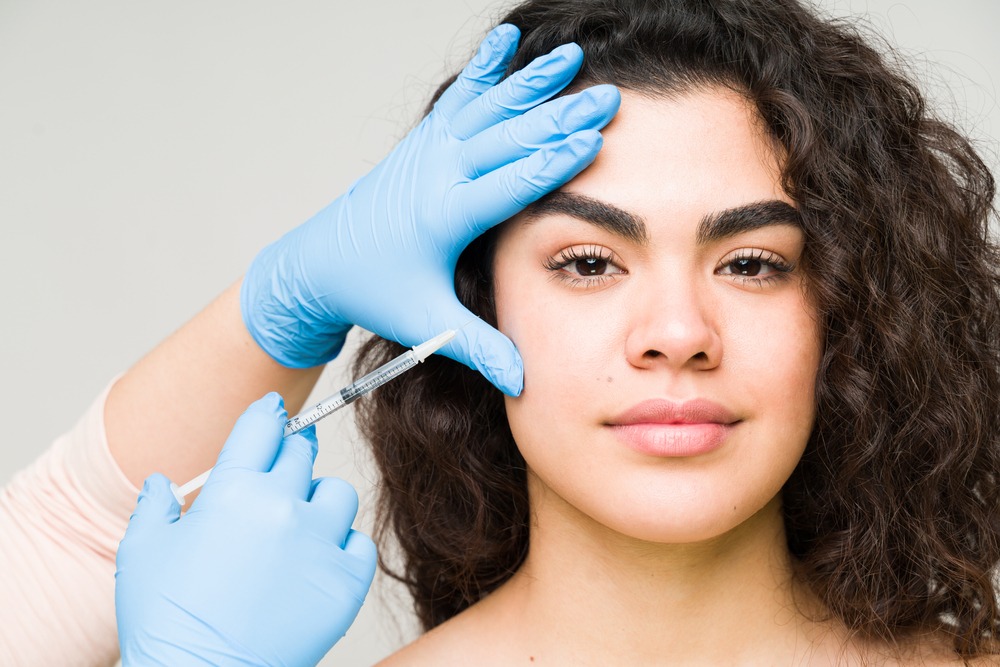
The fundamental principle behind eye fillers is the replenishment of lost volume and hydration in the skin. As we age, our skin loses elasticity and fat, leading to sagging and hollow areas, especially around the eyes.
When injected, these fillers work by plumping up the tissue underneath the skin, thereby smoothing out wrinkles and restoring lost volume. The effects are usually visible immediately after the procedure, making it a favored option for those seeking quick results.
Factors Influencing the Cost of Eye Fillers

Understanding how much eye fillers cost requires knowledge of various factors that contribute to pricing.
Geographic Location
One of the primary factors affecting the cost of eye fillers is geographic location. Urban areas with higher living costs generally see higher prices due to increased overhead expenses for clinics and providers. Conversely, smaller towns or rural areas may offer lower rates due to less demand and competition.
Moreover, regional differences within countries can also lead to significant price variations. For instance, cities known for luxury and high-end services may charge premium rates for cosmetic treatments, while more affordable options may exist elsewhere.
Experience of the Injector

The experience and qualifications of the injector significantly impact the pricing of eye fillers. Highly experienced practitioners tend to charge more for their services due to their expertise in achieving optimal results.
While it’s tempting to choose a budget option, prioritizing quality and safety is essential. A skilled injector not only ensures better results but also minimizes the risk of complications. Remember, when it comes to cosmetic procedures, you often get what you pay for.
Type and Brand of Filler Used
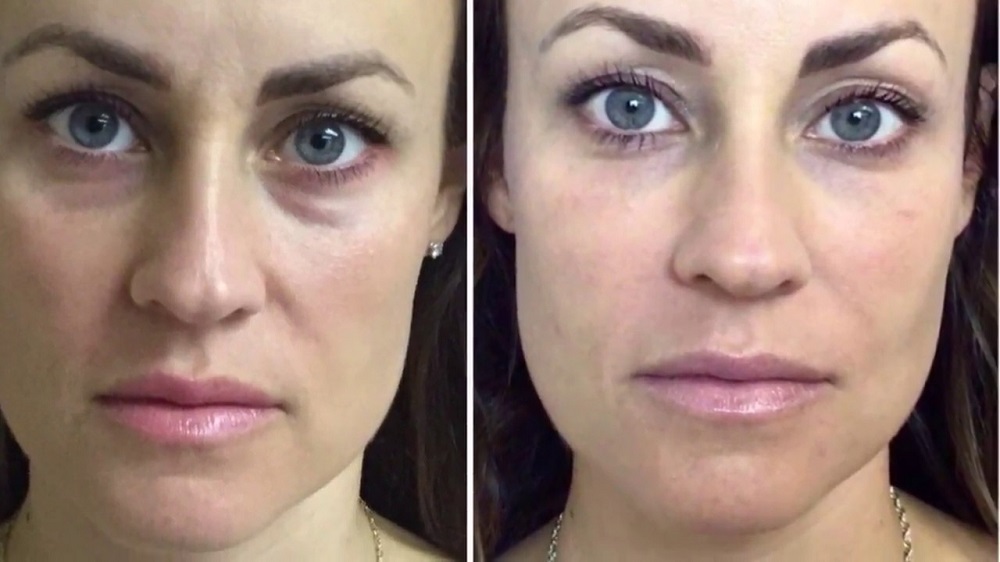
Different types and brands of eye fillers come with varying price points. Premium brands, known for their longevity and natural results, usually command higher fees. Consequently, opting for a lesser-known brand might save costs initially, but it could result in less satisfying outcomes or shorter-lasting results.
Your choice of filler should align with your desired aesthetic goals and expectations regarding durability. Consulting with your injector about the pros and cons of different products can help in making an informed decision.
Treatment Area Size
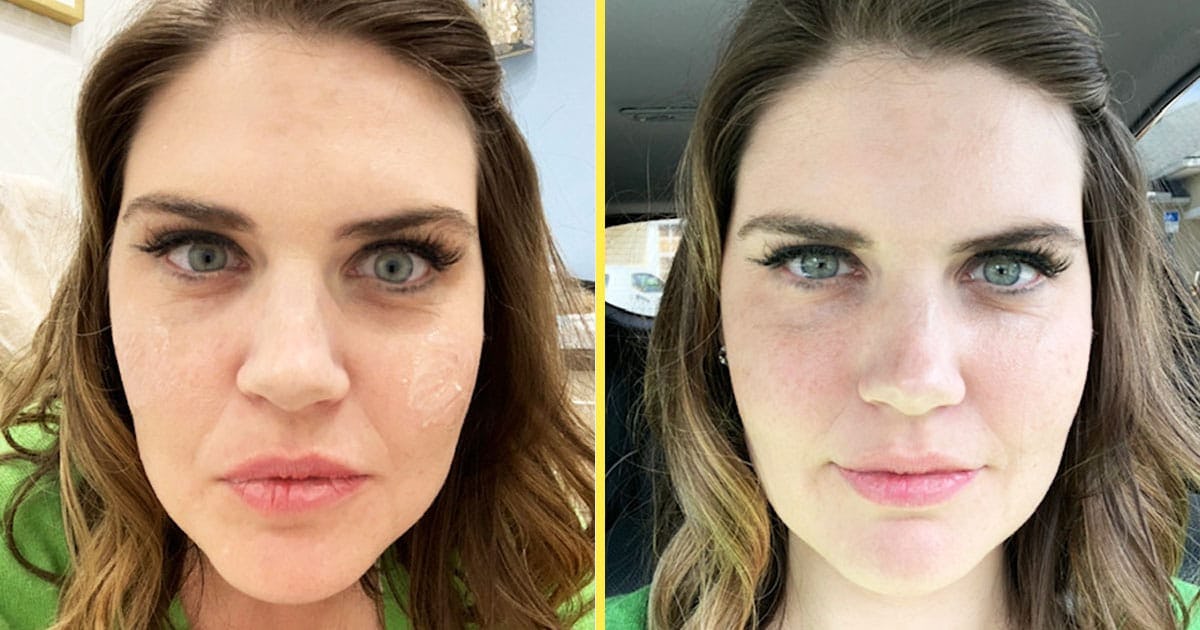
The size of the treatment area also influences the cost. Larger areas requiring more product will naturally increase the overall expense. While the under-eye region typically requires less filler compared to other facial areas, individual anatomy and specific concerns can cause variations in the amount needed.
It’s important to communicate openly with your injector during the consultation phase to establish a tailored approach that suits your needs.
Average Pricing for Eye Fillers
Knowing how much eye fillers typically cost can help you set realistic expectations for your budget.
National Averages
On average, eye filler treatments can range from a few hundred to over a thousand dollars per session, depending on various factors discussed earlier. For example, the cost of hyaluronic acid fillers tends to fall within this range, while specialty fillers may push the price upwards.
Regional Variations
Regionally, prices differ considerably. Major metropolitan areas often have higher costs associated with cosmetic procedures, while smaller towns may offer more competitive pricing. It’s advisable to research local costs and consult multiple providers for comparative quotes before making a decision.
Additional Costs to Consider
In addition to the base price of the filler itself, there may be additional costs involved. These can include consultation fees, follow-up visits, and products for post-treatment care. When calculating the total investment in eye fillers, be sure to account for these potential extra expenses.
The Procedure: What to Expect

If you’re considering eye fillers, understanding the procedure can help ease any apprehensions.
Pre-Treatment Consultation
Before undergoing any cosmetic procedure, a thorough consultation is paramount. During this appointment, the injector will assess your facial structure, discuss your aesthetic goals, and outline the expected outcomes.
This is also the perfect time to ask questions about the procedure, including what types of fillers are recommended, potential risks, and recovery timelines. Being well-informed can pave the way for a successful treatment experience.
The Injection Process
Once you’ve decided to proceed, the actual injection process is relatively quick and straightforward. Most practitioners use a topical anesthetic to minimize discomfort, and the injections themselves generally take less than thirty minutes.
Injectors carefully place the filler using precise techniques to ensure even distribution and natural-looking results. You may feel slight pressure during the injections, but significant pain is uncommon.
Post-Treatment Care
After the procedure, you’ll receive specific instructions for post-treatment care. Common recommendations may include avoiding strenuous exercise, sun exposure, and certain skincare products for a few days.
Most patients will notice some swelling or bruising around the injection site, but these effects usually subside within a week. Keeping the area clean and following your practitioner’s advice will aid in the healing process.
Benefits of Eye Fillers
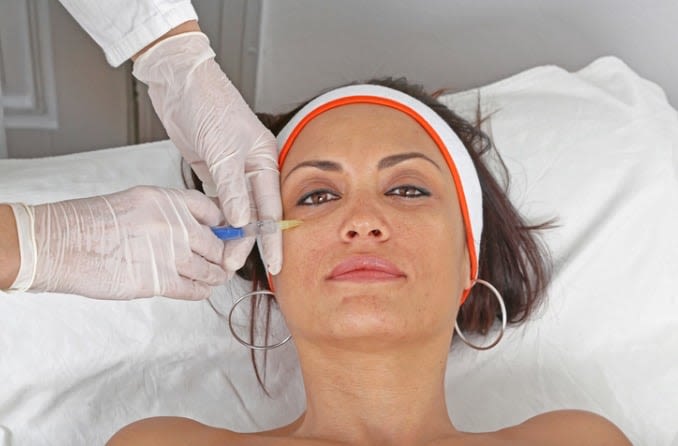
Eye fillers offer numerous advantages for those seeking to enhance their appearance without invasive surgery.
Immediate Results
One of the standout benefits of eye fillers is the immediate improvement in overall appearance. Patients often leave the clinic feeling rejuvenated and satisfied with their new look.
Unlike surgical options that require significant downtime, fillers allow for a quick turnaround, making them an attractive choice for those with busy lifestyles.
Non-Surgical Solution
For individuals hesitant to undergo surgery, eye fillers present a non-invasive alternative. The minimally invasive nature of the procedure means less risk and a shorter recovery period compared to traditional surgical methods.
This aspect is particularly appealing for those wishing to avoid the scarring and extended downtime associated with surgical procedures.
Long-Lasting Effects
While not permanent, the results of eye fillers can last for several months to a year or more, depending on the type of filler used. Many patients find that the convenience and effectiveness of fillers outweigh the need for frequent touch-ups.
Additionally, some fillers can stimulate collagen production, potentially leading to longer-lasting improvements over time.
Risks and Side Effects of Eye Fillers

As with any cosmetic procedure, it’s essential to consider the potential risks and side effects associated with eye fillers.
Common Side Effects
Most patients experience mild side effects immediately following the treatment. Common reactions may include swelling, redness, bruising, or tenderness at the injection site. These effects are typically temporary and resolve on their own within a week.
Taking preventive measures, such as avoiding blood-thinning medications prior to treatment, can help reduce the likelihood of bruising.
Rare but Serious Complications
Although uncommon, serious complications can arise from eye fillers. These may include infection, allergic reactions, or vascular occlusion, where the filler inadvertently blocks blood vessels.
To mitigate risks, choosing a certified and experienced injector is critical. Regularly checking the injector’s credentials and reviews can help ensure you’re in safe hands.
Managing Side Effects
If side effects do occur, maintaining open communication with your injector is vital. They can provide guidance on how to manage symptoms effectively, whether through over-the-counter remedies or further treatments if necessary.
Being proactive about side effects can lead to a smoother recovery and more satisfactory results.
Payment Options and Financing
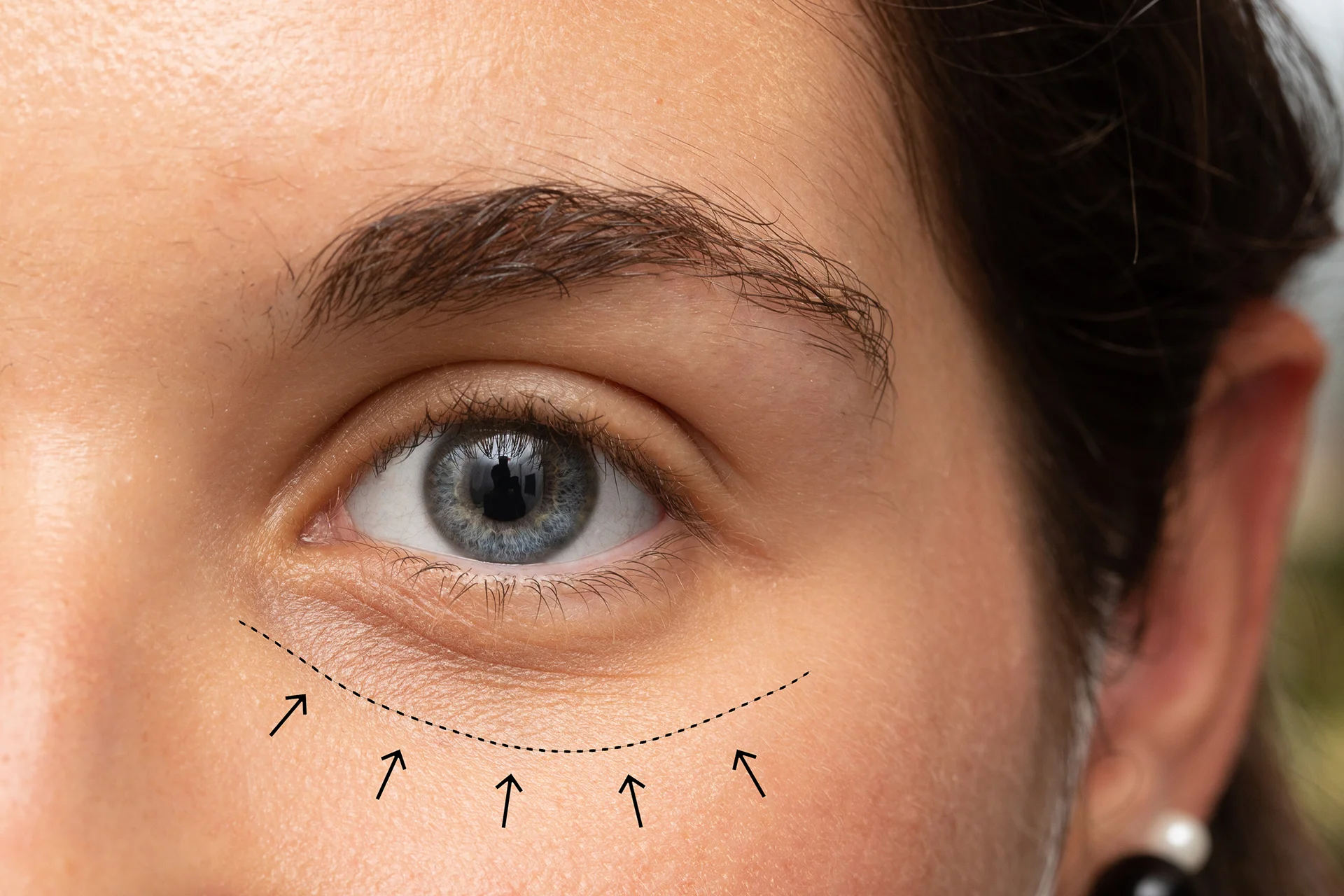
Navigating the financial aspects of eye fillers can be daunting, but several options can ease the burden.
Insurance Coverage for Eye Fillers
Generally, cosmetic procedures like eye fillers are not covered by health insurance. However, if the treatment addresses a medical condition (such as severe hollowness causing vision issues), it may qualify for partial coverage.
Always check with your insurance provider beforehand to understand your options.
Payment Plans and Financing Solutions
Many cosmetic clinics offer financing options to help patients afford their desired treatments. These plans can break down the total cost into manageable monthly payments, making eye fillers accessible to a broader range of individuals.
Be sure to inquire about financing options during your consultation to clarify all available choices.
Finding Affordable Providers
While it’s important to prioritize safety and quality, finding affordable providers is still possible. Researching local clinics, reading reviews, and asking for consultations can help locate reputable injectors who offer competitive pricing.
Don’t hesitate to seek recommendations from friends or family who have had positive experiences with eye fillers.
Alternatives to Eye Fillers
For those considering their options, several alternatives to eye fillers can achieve similar results.
Surgical Options
Surgical alternatives, such as blepharoplasty (eyelid surgery), offer long-lasting solutions for reducing excess skin and fat around the eyes. While this option can yield dramatic results, it involves a longer recovery period and greater risks compared to fillers.
Other Non-Surgical Treatments
Other non-surgical treatments include Botox, chemical peels, and laser therapy, which target different aging concerns. Each method has its unique benefits, so discussing with a qualified practitioner can help determine the best fit for your needs.
Home Remedies
For those who prefer a natural approach, various home remedies can help improve the appearance of the eye area. Techniques such as cold compresses, cucumber slices, or tea bags can reduce puffiness and rejuvenate tired eyes temporarily.
While these methods won’t replace fillers, they may serve as complementary strategies for maintaining a youthful look.
Choosing a Provider

Selecting the right provider is crucial for a successful eye filler experience.
Qualifications to Look For
When searching for an injector, verify their qualifications. Look for certifications in dermatology or plastic surgery, along with training specifically in injectable treatments.
A qualified provider should also be able to show a portfolio of their previous work, giving you insight into their skill level and style.
Importance of Reviews and Recommendations
Reading reviews and seeking recommendations are invaluable steps in your search for a provider. Patient testimonials can reveal a lot about the injector’s bedside manner, professionalism, and overall results.
Don’t hesitate to ask friends or acquaintances for suggestions based on their experiences as well.
Initial Consultation Questions
Preparing questions for your initial consultation can enhance your experience and ensure you receive all necessary information. Ask about the injector’s experience, the types of fillers they prefer, potential side effects, and their approach to handling complications.
Open dialogue will not only build trust but also allow you to make an educated decision about proceeding with treatment.
Conclusion
In summary, how much are eye fillers is a query that encompasses various factors, from geographical location to the experience of the injector. Understanding the types of fillers, the procedure itself, and the potential risks and benefits is essential for anyone considering this cosmetic treatment.
By thoroughly researching and selecting a qualified provider, you can confidently navigate your journey toward achieving a more youthful and refreshed appearance. Whether you opt for eye fillers or explore alternatives, the most crucial factor is aligning your choices with your personal aesthetic goals.
Contact us via other platforms if you have any questions or requests that need to be answered quickly.
Tiktok: www.tiktok.com/@lunabeautyacademy6
Hotline: 034 254 0228
Email: lunabeautyacademy@gmail.com
Address: No. 29, Alley 140/1/2, Lane 140 Nguyen Xien, Thanh Xuan, Hanoi
Luna wishes you success and hopes you will have the best experiences at the academy. If you need advice or answers about anything, please leave your Contact Information With Us, the Luna team will contact you soon. Thank you for reading this article.


















